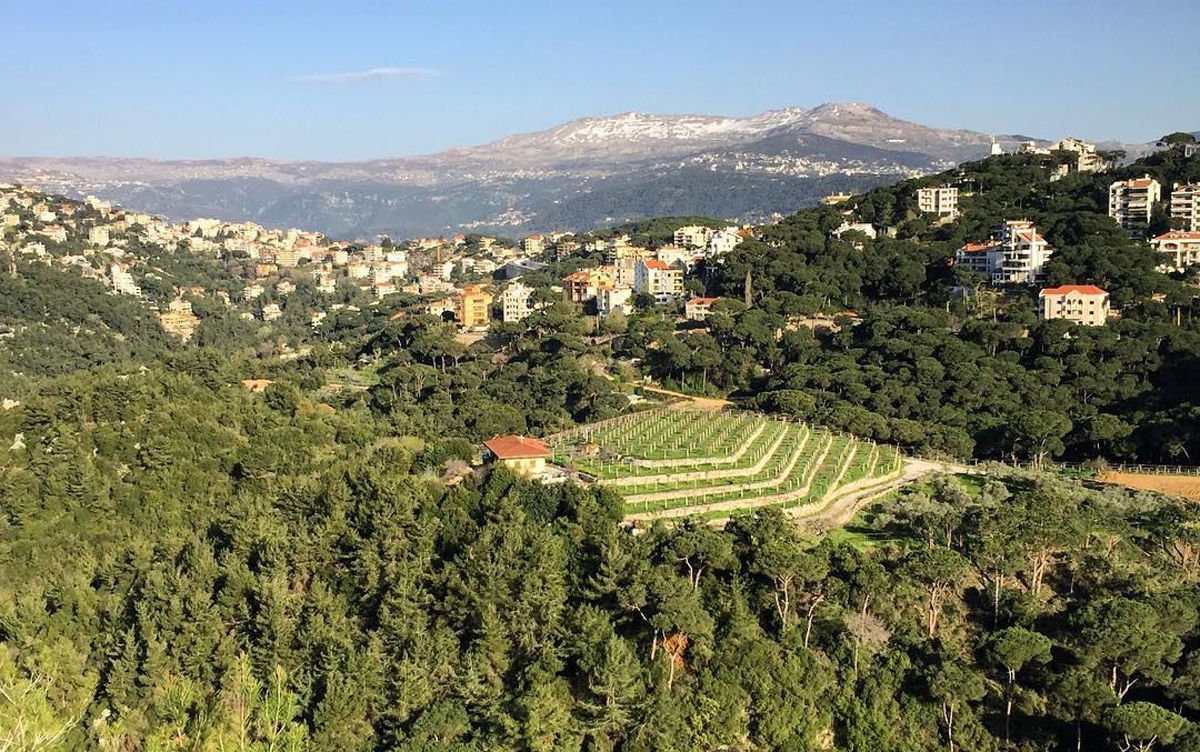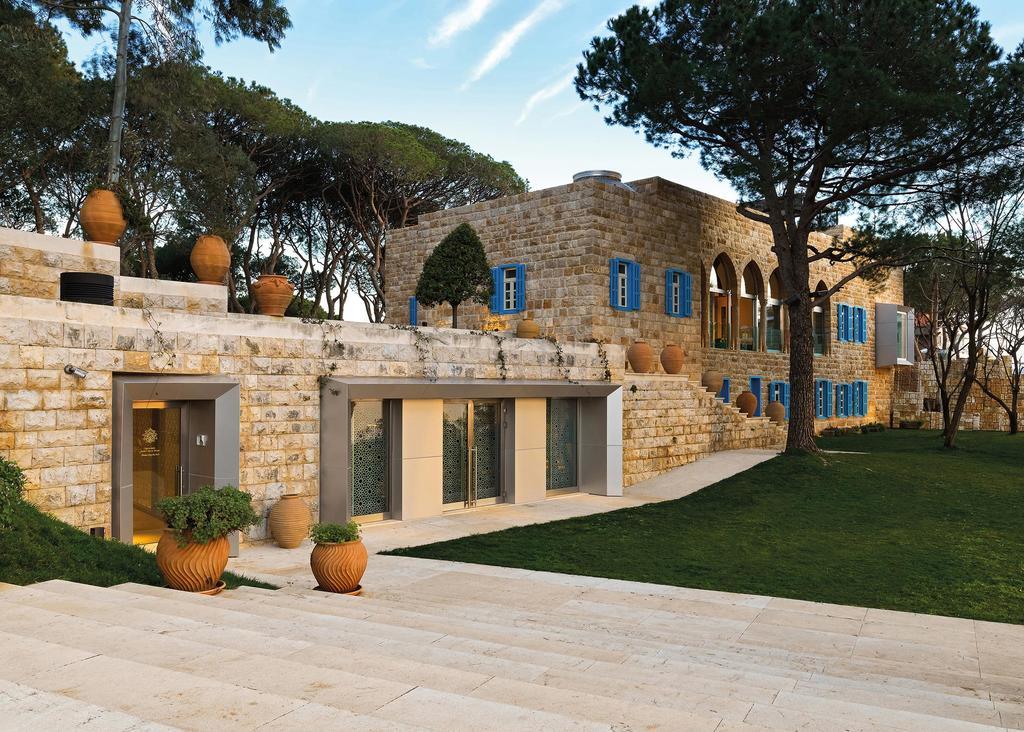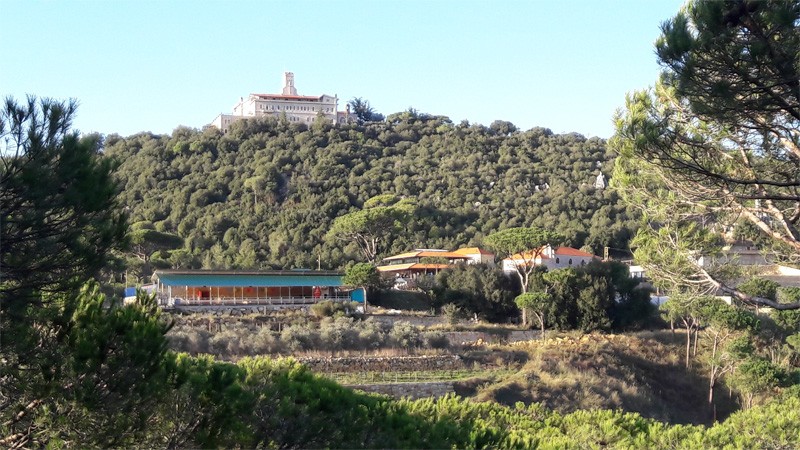You’ve been to Jeita Grotto, visited the National Museum and explored the Roman ruins in Baalbeck. These are all must-see attractions, but for a little variety, Lebanon Traveler has picked 10 places in Beit Mery, Broumana and Baabdat that even some locals don’t know about.
Aqueduct of Zubaida
Heading up towards Beit Mery, in the secluded river valley between Mansourieh and Hazmieh, you will find the remains of a Roman aqueduct that was built to convey water across the Beirut River onwards to the city. Built in 273 AD during the reign of Roman emperor Aurelian, the arched bridge-like structure over the aqueduct is known today as “Qanater es-Sett Zubaida” or the Arches of Mistress Zubaida.
Beit Mery
The three hills, which make up this town, have been home to summer vacationers since the times of the Phoenicians and Romans. Its pleasant weather and lush pine forests overlooking Lebanon’s valleys and sea make it a favorite resort spot for those trying to beat the heat.
Beit Mery (derived from the Aramaic term for “the house of my lord or master”) has two prehistoric archaeological sites where flint industries have been found by Jesuit archaeologists. One is on the right bank of the Beirut River, south southwest of the town, the other is east of the road from Beit Mery to Deir el Kalaa, on a sloping plateau facing the junction of the Nahr Meten and Nahr Jamani.
- Municipality: +961 4 870 702
- Deir el Kalaa Country Club: +961 3 655 957
- Restaurant Ain Al Khasfeh: +961 4 870 912
- Tiger restaurant: +961 3 979 008
Al Bustan Hotel
A local landmark in Beit Mery and the site of an annual festival of music and art, Al Bustan or “the orchard” in Arabic is a five-star hotel with a commanding view over Beirut and the Mediterranean.
Founded by Emile Bustani and his wife Laura in 1962, it houses a growing collection of art, sculpture, and antiquities in its 117-room facility.
Contact : +961 4 870 400

Photo – MyAmazingLebanon
Broumana
The House of Rammana the god of air, storm and thunder, doesn’t seem like where you would find thousands of tourists eager to escape the summer heat, but despite its namesake, Broumana has a relatively cool climate all year long.
The town’s 6km long main street is lined with shops, restaurants, bars and café’s that come alive after dark. If you’re in the mood for French cuisine, Le Gargotier is a quaint spot that’s especially romantic in the brisk winter months and for traditional Lebanese fare, Broumana has some of the best restaurants in the country.
Their old-world charm and spectacular views of the city, offer guests a one-of-kind experience.
If you’d like to spend the weekend in town, there are numerous hotels to choose from including the charming Printania Palace Hotel, the iconic Grand Hills Hotel & Spa, or for the budget conscious, Hotel Le Crillon.
- Printania Palace Hotel: +961 4 862 000
- Grand Hills Hotel & Spa: +961 4 86 8888
- Hotel Le Crillon: +961 4 865 555
- Le Gargotier: +961 3 343 254
- Burj El Hamam: +961 4 862 211
- Mounir: +961 4 873 900
- Kasr Fakhreddine: +961 4 961 387
Deir Mar Chaaya
In 1700 the Antonin Maronite Order was founded in the Monastery of Mar Chaya by Patriarch Gabriel of Blaouza. The modern day structure is surrounded by several community based activities and meeting areas.
Before you reach the valley, the main road heading down is a popular walking track especially in summer. As you head uphill, you’ll find a small chapel on your right hand side, as well as an organic market with fresh produce and a small zoo.
All of the products sold in the store are grown and cultivated on the grounds, including a selection of wine from locally grown grapes. Dairy products are sourced from the numerous cows on the property and farm fresh eggs are always a treat to find each morning.
The kids will love watching the animals prance around, and when the weather gets warmer they can even go on a pony ride.
Contact: +961 4 960 076
Baabdat
Since the opening of the highway a few years ago, this mainly summer resort town has blossomed into a full-fledged community, with residents living all year round.
The name Baabdat is derived from the Aramaic words “beit abdutha” meaning the home of adoration. Famous locals include the former president of Lebanon, Emile Lahoud, film director Carmen Labaki, director/actress Nadine Labaki and Maxime Chaya – the first Lebanese to climb Everest.
The views from Baabdat are stunning. It has numerous historic churches like Saint Mamas Church built in the 16th century. For those that like exploring it also has many springs.
Before heading down to Beirut, stop by Azrak for an ice cream cone in Chamees and make the ride back, a refreshing one.
- Municipality: +961 4 820 097
- Azrak Pastry & Ice Cream: +961 3 633 022
- Eat at Le Tournant Restaurant: +961 4 825 515
- Stay at Colibri Hotel: +961 4 830 402.
Seven Churches
On the Thursday before Easter known as Maundy or Holy Thursday, the washing of the feet is a traditional component of the celebration (symbolizing Jesus washing the Apostles’ feet) followed by an informal visit to seven churches. Those who follow tradition today usually need a car to embark on such a journey, but if you’re in the area of Broumana, you can do it by foot. Starting from Printania Palace Hotel, head straight through Broumana’s old town and the first church is Mar Gerius of the Greek Orthodox faith, followed by Mar Chaaya Maronite church.
Continue walking to Mar Charbel church and you’ll see two very old chapels, both named Mar Gerius across the street. Your last stop here will be the Azarieh church located on the grounds of a school belonging to the Azarieh nun’s order.
A short hop to the main street is the location of the seventh and final church, Mar Elias in front of Farrouj el Achkar, where you’ll find the best chicken sandwiches in town.
Also see the Church of the Prophet Isaiah – the oldest structure in Broumana dating back to 333 B.C.
Municipality: +961 4 860 860
Try Farrouj el Achkar: +961 4 862 443
Getting there
The easiest way to get to this area of Metn (the mountains) is to take the Emile Lahoud highway from Nahr el Mot and get off on the Baabdat exit.
If you are near Sin el Fil, Beit Mery is easily accessible from the Mkalles roundabout. Get on the road heading east. You will drive through Mansourieh and Ain Saadeh before you reach Beit Mery on the mountain-top. Follow the road to Broumana and Baabdat, where you can take the highway heading back towards Beirut. The scenic road is even better on your way down with beautiful panoramic sea views.
If you liked reading this, check our article of 10 things to do in Kfardebian.
Loading


